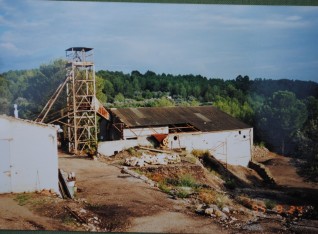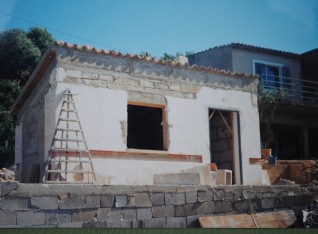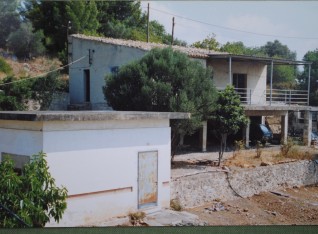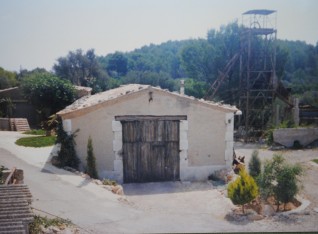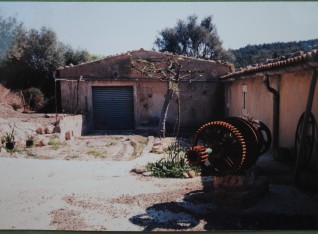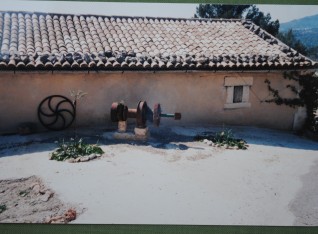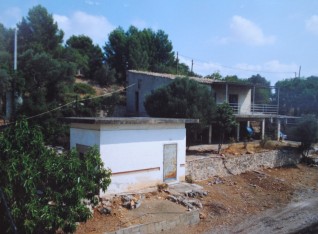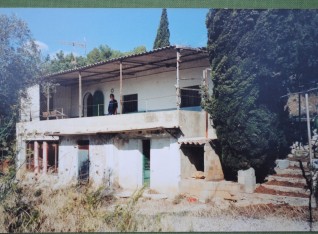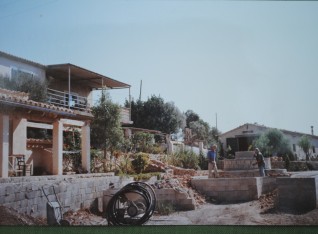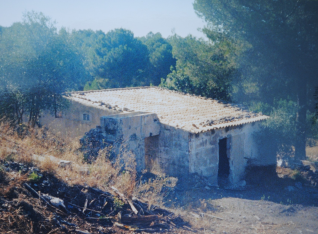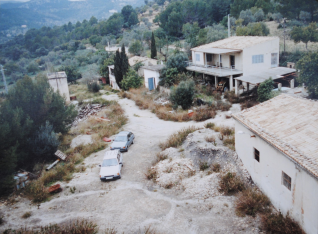The former owner and history of LMSC
February 9, 2018We bought La Mina San Cayetano (LMSC) in 2012 from an English guy called David Coldwell. He had bought it from the electricity company Gesa in 1991. In the 20 years he owned LMSC he had done a lot of landscaping and home improvements, but many projects had not been completed and many are still not completed. When I asked David about this he said that he sometimes lost interest in a under construction project and started something else or something more urgent came up. When I heard this I was determined not to make this 'mistake', you have to complete projects in order to get the boost of the final result which kicks you automatically into the next project. Now - 5 years later - I understand much better David's reasons for having multiple projects in progress at the same time, in fact we do the same now as he did. One of our conditions for most we are doing here is that it should be fun and sometimes it's not fun anymore if it takes too long to complete.
David has never been here since he sold it to us in 2012, although we did meet him every now and then as he is still living nearby. We have never invited him to come over as thought it would be a bit sour for him, especially because we have picked up and completed many uncompleted projects and thus added more value to the estate. A while back an envelope was attached to our main gate which was addressed to David. We opened it and it contained a letter regarding a renewal of his residency. We called him about it and this afternoon he has been here to pick up this letter. We have showed him around and he was clearly impressed with the amount of work and improvements we have made.
History of the mine
There is not much to find about the history of the coal mine. We know that LMSC was the main mine pit of 6 in the Selva region; all the mine pits were interconnected deep in the ground. There are 3 levels of mine galleries under our steel tower. The first layer is at 70 meter down, the second at 90 meter down and the 3rd at 150 meter down. The total length of all the mine shafts and galleries is around 4 kilometer. All is filled now with water as the water level is at 60 meter below the tower, so the first level of galleries is 10 meter deep in the water.
What's currently called the 'Bad House' used to be the office of the mine company. The 'Doctor's House' used to be the practice room of the doctor of the mine. The 'Cottage' used to be the house where the caretaker of the mine lived. The 'Bungalow' - the house where we live - used to be the dressing room and showers for the mine workers. The current workshop has always been what it is right now. They used it as a carpentry workshop to make the studs for the mine shafts and galleries.
We don't know much about history of the mine other than that they started to mine for coal in the late 1950s and that the mine has been closed in 1986. Why it has been closed is not clear either. A neighbor tells us that more and more water was coming in to the mine and that in the last years of operation huge pumps were pumping it out 24/7. This water was used to irrigate a huge area south of Selva where they grew all kinds of vegetables. When the mine was closed in 1986 this stopped as there was not enough water anymore.
No photos, no books, only a few maps.
We have been trying to find photos or newspaper articles about the mines here, but there is nothing to find. The only thing we have are copies of a few A1 size maps of the galleries, which shows the whole infrastructure under the ground and indicators where the carbon was, the direction of the airflow in the mine galleries and tower and the ventilation exit of the mine. Hopefully we can find something in old newspaper archives or the archives of Gesa, the owner of the mine.
